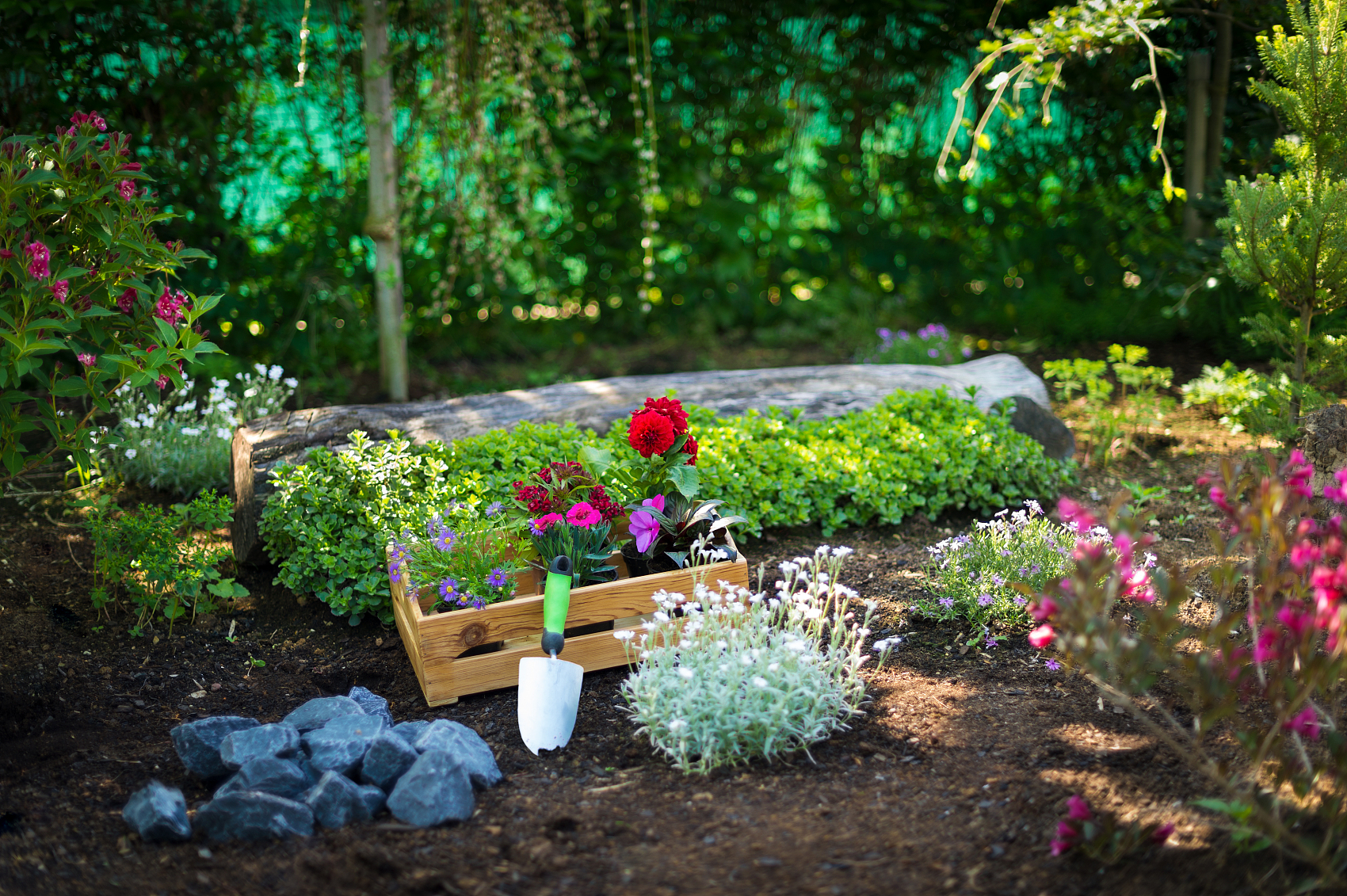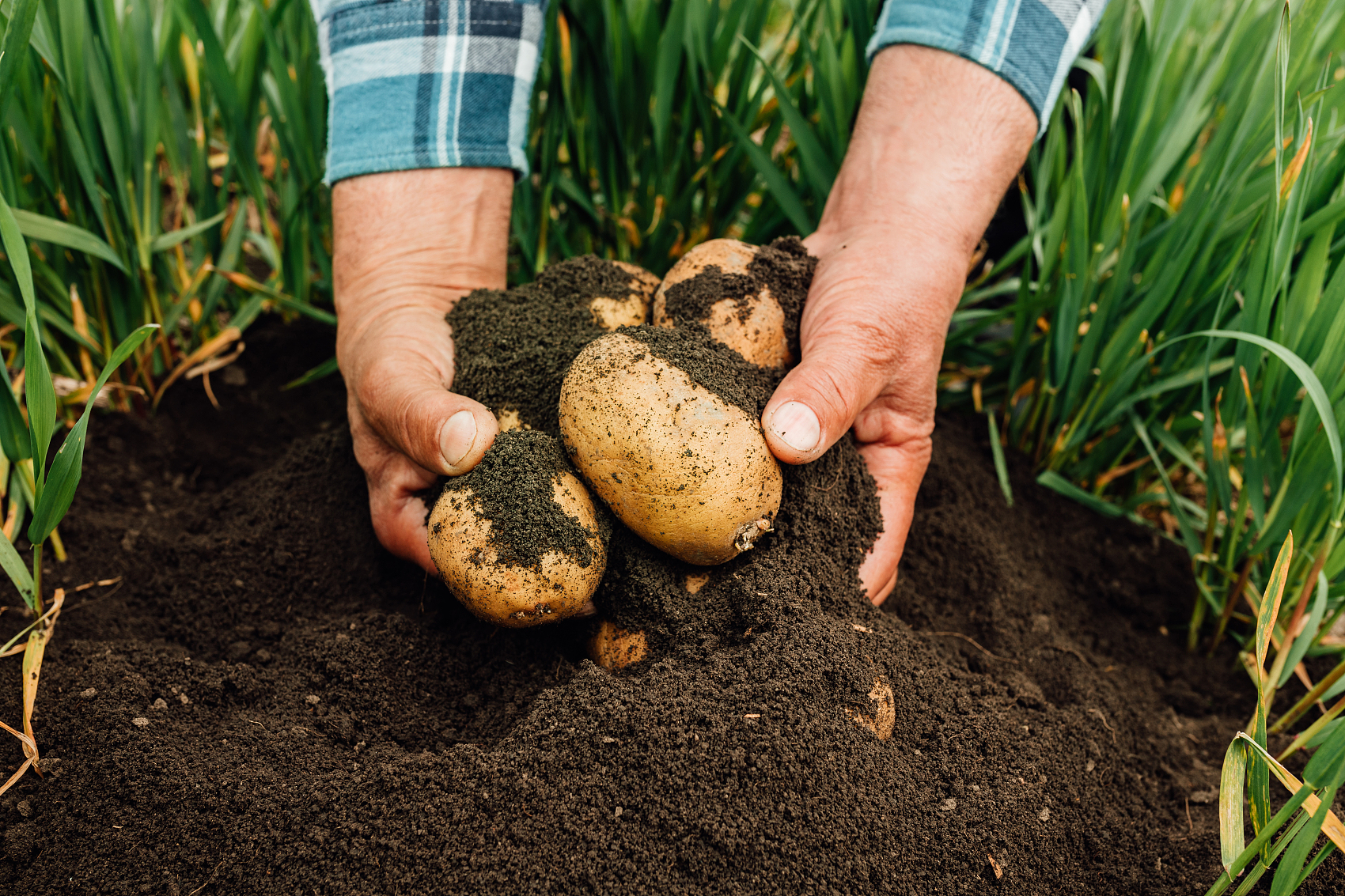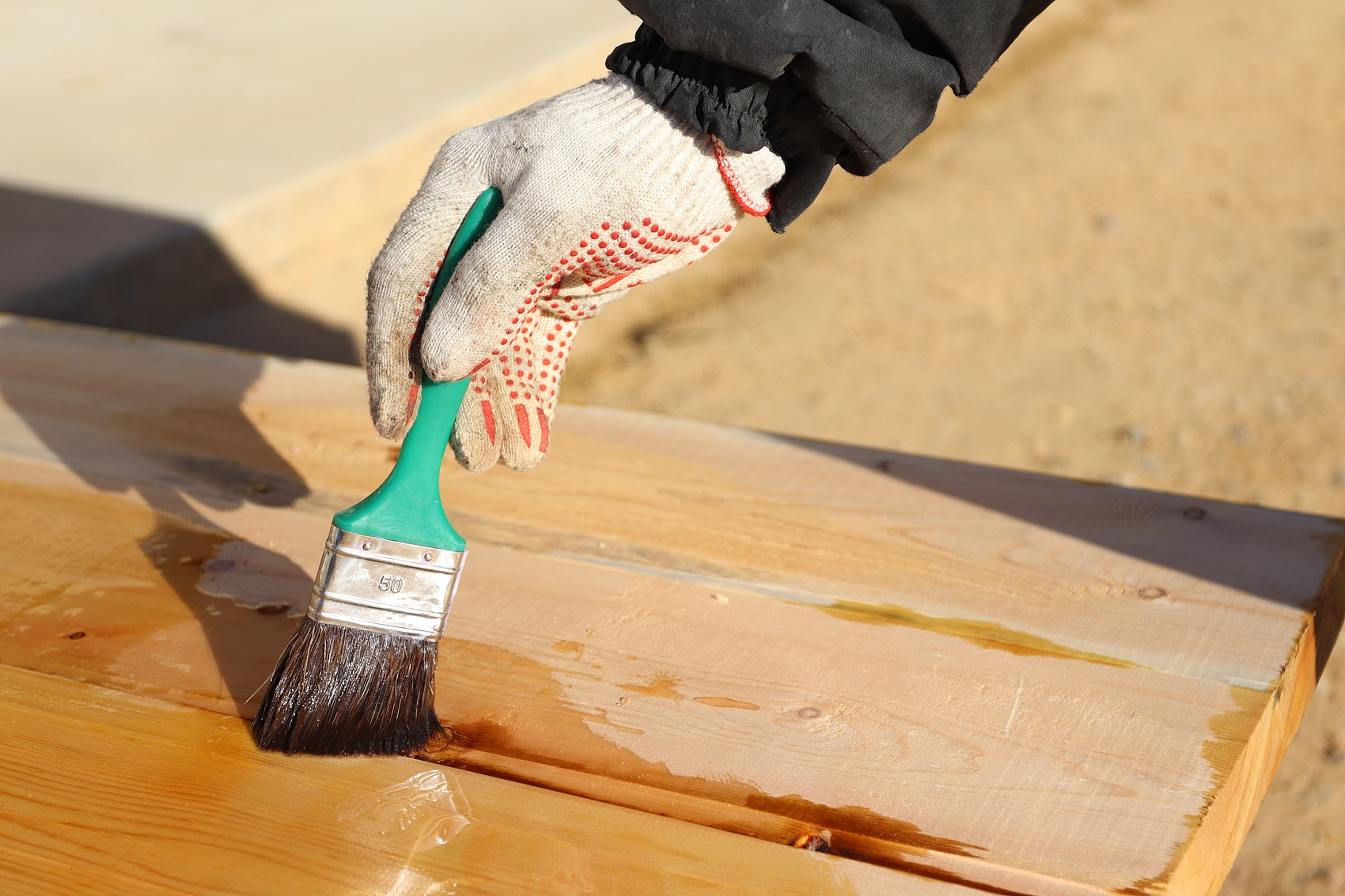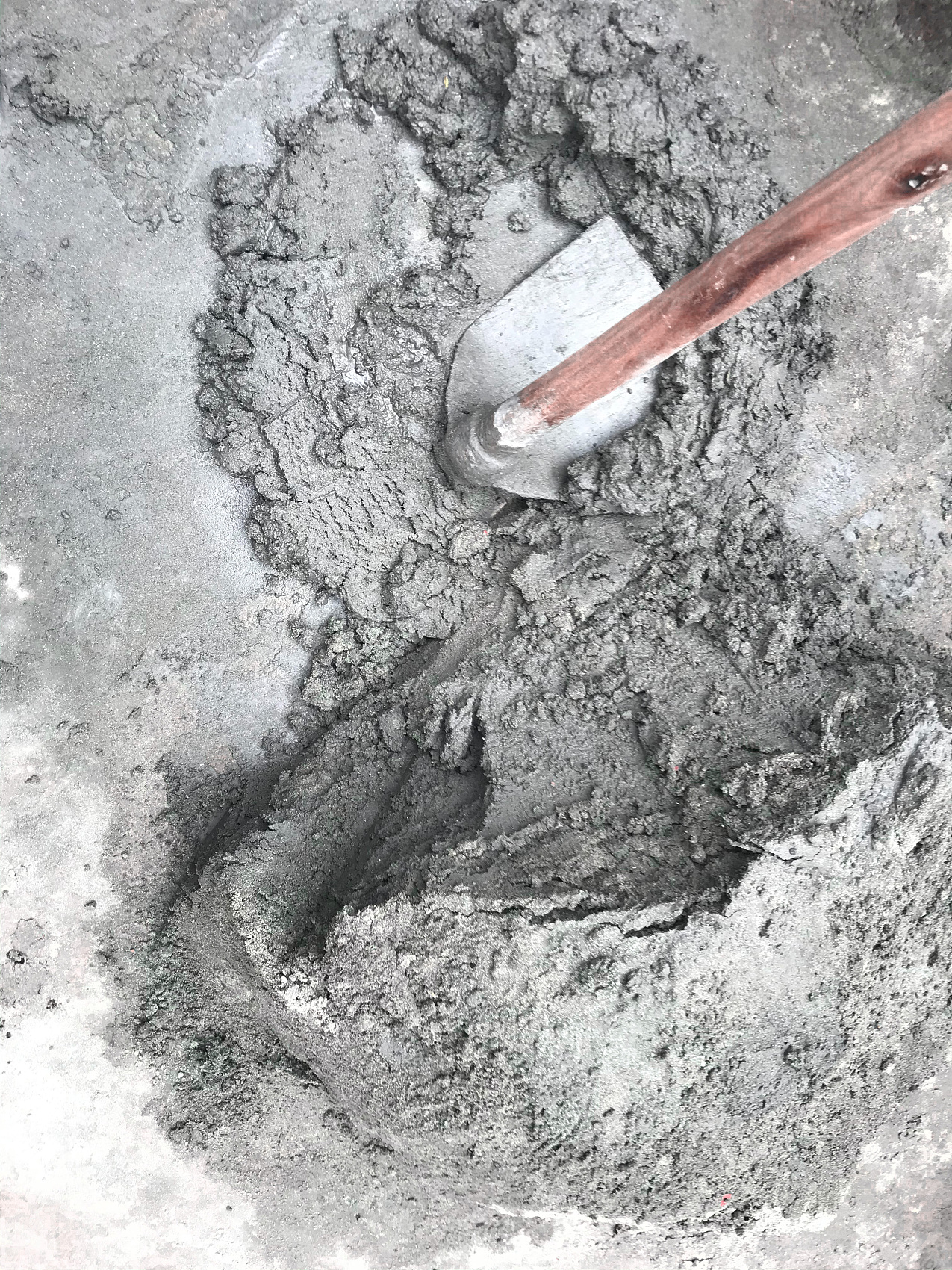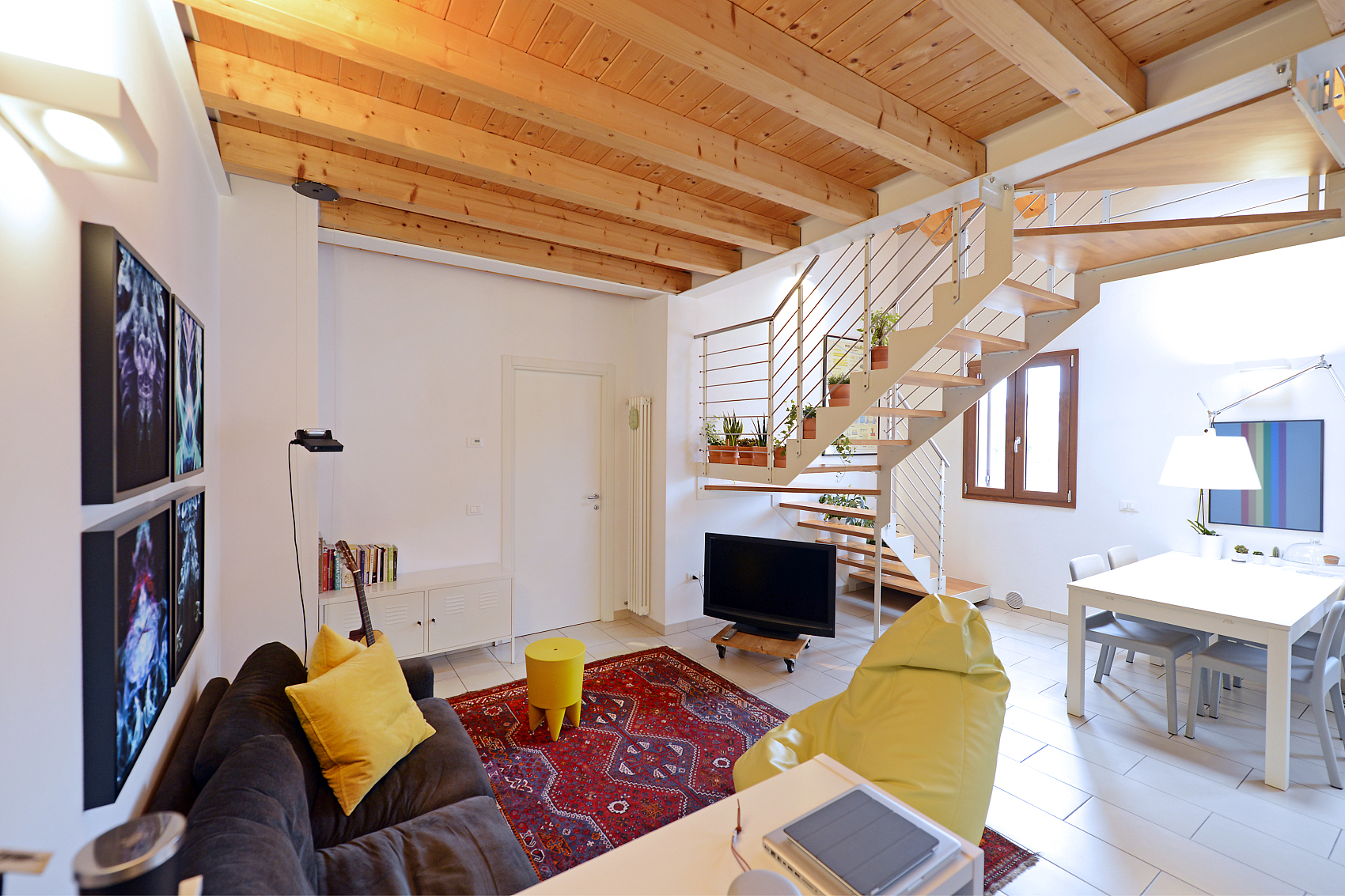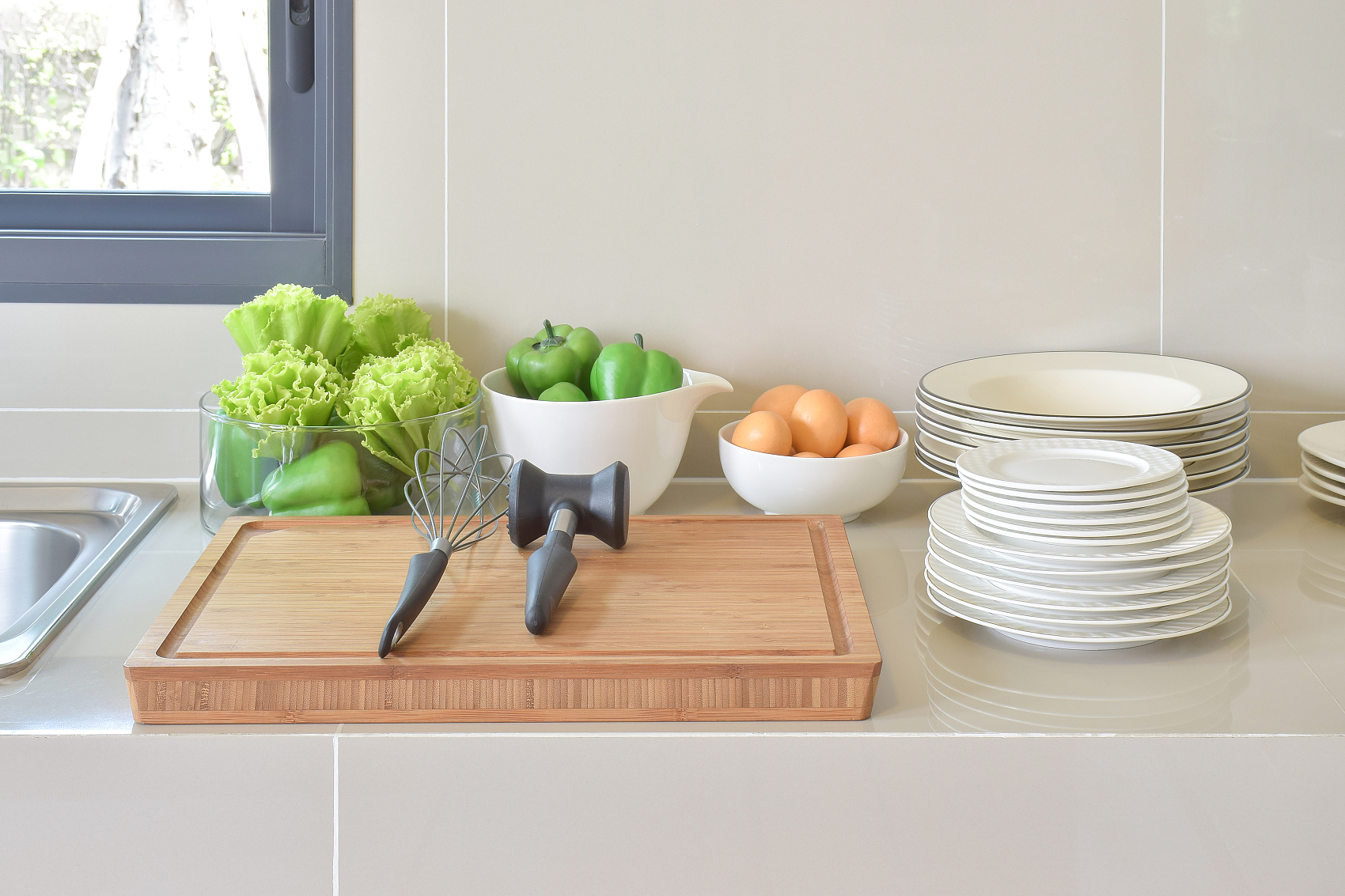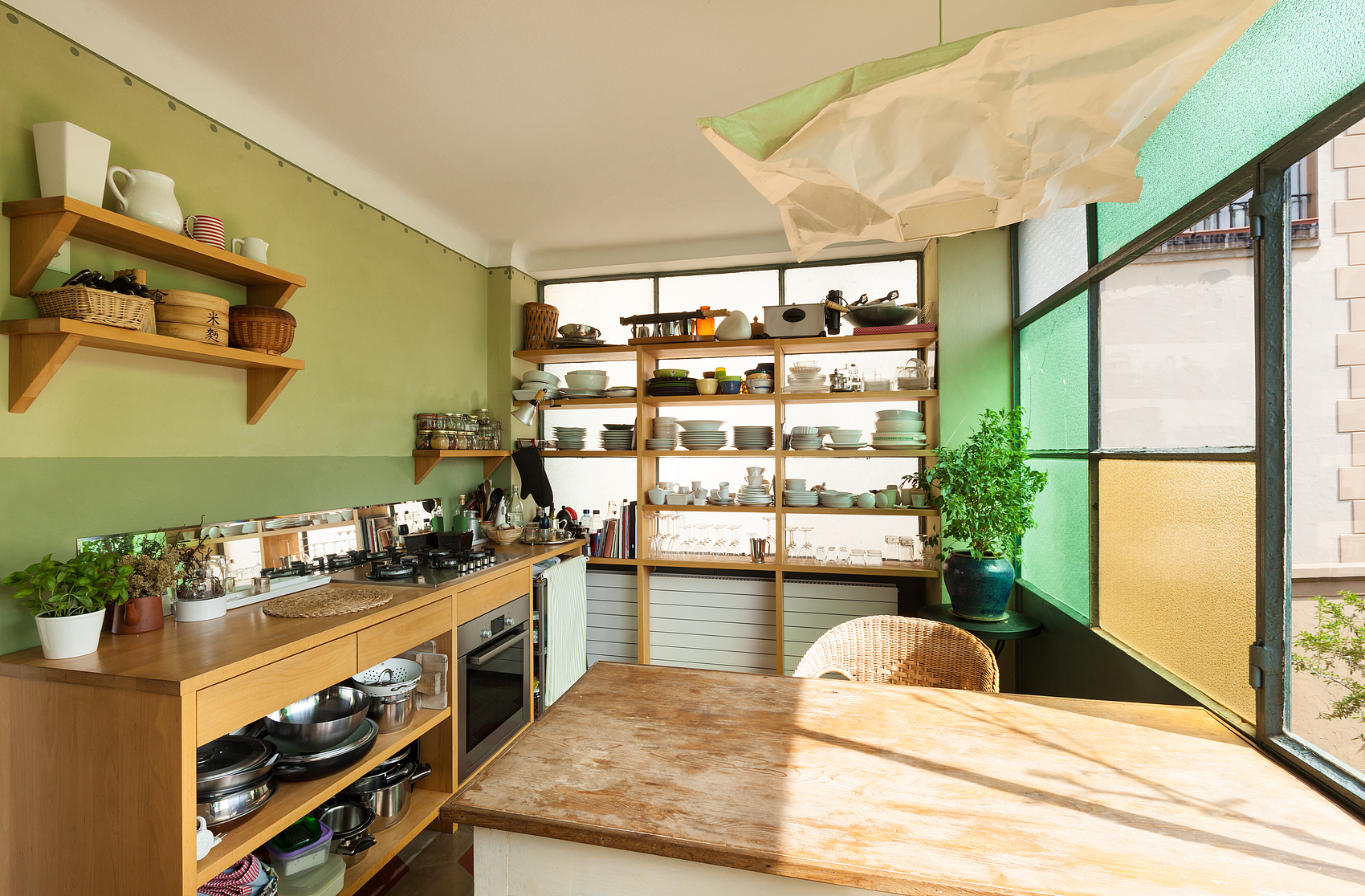Humankind has always been drawn to the danger of certain plants, and Adenium boehmianum—also known as the Bushman’s Poison plant—is a perfect example.
Native to southern Angola and northern Namibia, the sap of this plant is used by locals as a hunting poison. Despite having a short bloom time and being somewhere between deciduous and evergreen, it’s still popular as an ornamental plant with a small, dedicated following.
This perennial succulent belongs to the Apocynaceae family, and there’s ongoing debate about whether it should be classified as its own species or a subspecies of Adenium obesum. It’s also known by various names, including Bushman’s Poison, Bushmen’s Arrow Poison, and sometimes even Desert Rose.
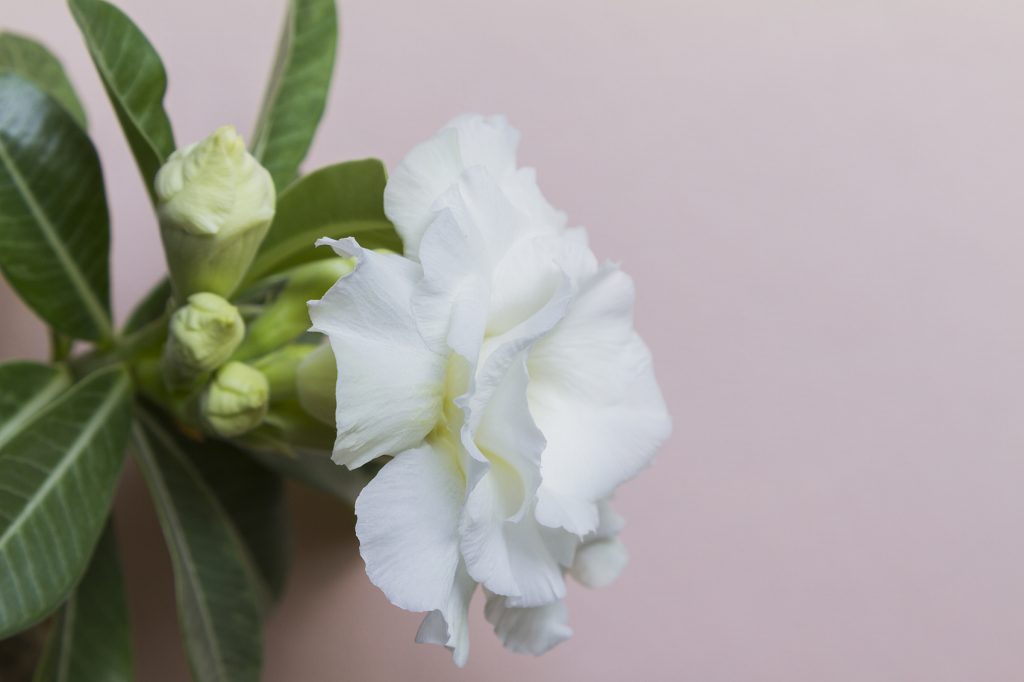
Plant Characteristics:
- Size & Growth: Adenium boehmianum can grow to about 8 feet tall and 2 feet wide. The plant’s thick, water-storing roots and thin stems give it a unique appearance, and it has the largest leaves of any adenium, which can grow up to 6 inches long. The leaves last about 3 months and grow in spiral clusters.
- Flowering: The plant blooms in the winter (which is summer in its native habitat), producing trumpet-shaped flowers that range from pale pink to crimson red with dark purple throats. These flowers last for a few weeks before giving way to oblong fruits that release seeds into the wind.
- Light & Temperature: Adenium boehmianum thrives in full sun in cooler climates, but needs some protection for its caudex from harsh sunlight. It does best in arid environments with low humidity and cannot tolerate cold temperatures below 59°F. USDA hardiness zones 10a to 11b are ideal for outdoor growth, while it can also thrive indoors in temperatures around 77°F.
Care Tips:
- Watering: Watering is tricky with this plant—overwatering can lead to root rot, while underwatering can cause premature dormancy. Wait until the soil is dry a few inches down before watering, using a soak-and-dry method. Water twice a month in spring and summer, and once a month in winter.
- Fertilizer: Use a fertilizer rich in phosphorus and potassium but low in nitrogen, and apply it monthly during the growing season.
- Soil: This plant requires well-drained soil, typically in a container with drainage holes. A mix of porous materials like sand, perlite, and small stones works best.
- Repotting: Repot Adenium boehmianum only when the roots begin poking out of the drainage holes, usually in summer. When repotting, you can help maintain a swollen caudex by slightly raising the plant in its new pot each time.
Maintenance & Grooming:
While not essential, you can trim damaged leaves, remove suckers, and deadhead the plant to keep it healthy and attractive.

Propagation: Propagate through seeds if you want a swollen caudex, but cuttings and grafting also work.
Pests & Diseases: Adenium boehmianum can suffer from root rot and fungal infections, as well as aphids and spider mites. Always wear gloves when handling the plant, as it is toxic, and keep it away from children and pets.
Uses: Great for rock gardens or as an indoor ornamental, Adenium boehmianum is a beautiful yet dangerous addition to your plant collection, but only if you’re cautious and prepared to care for it properly.


